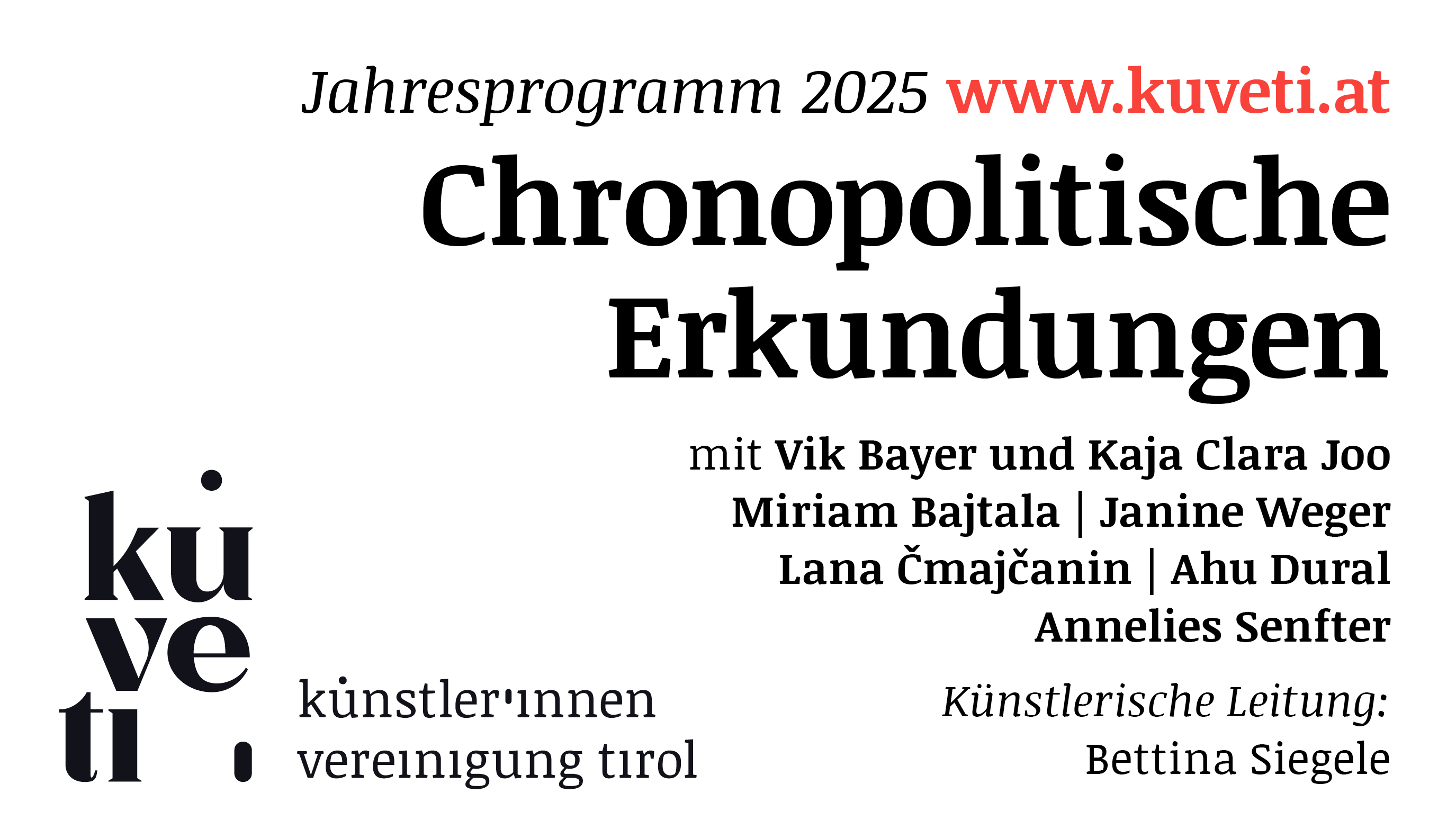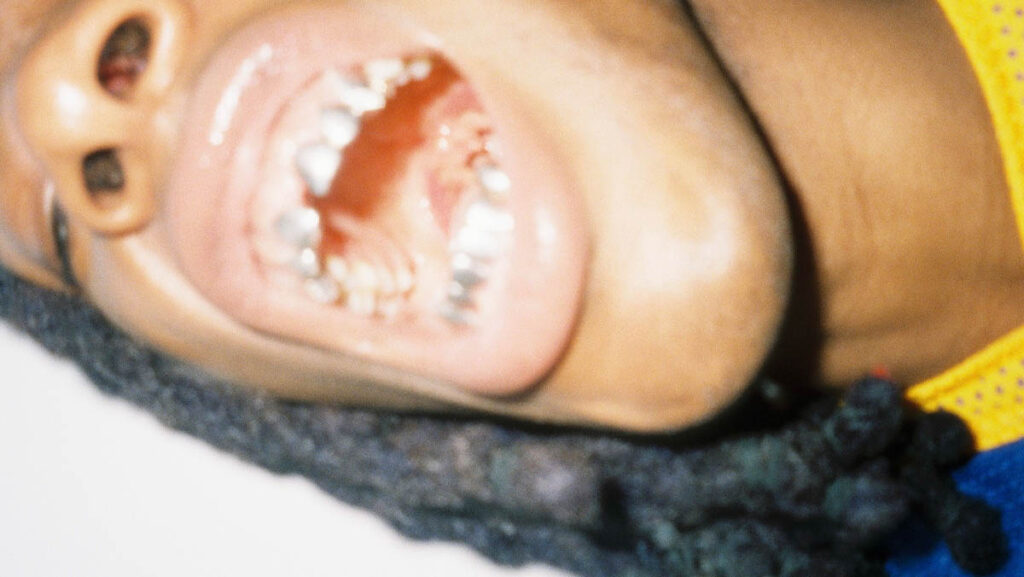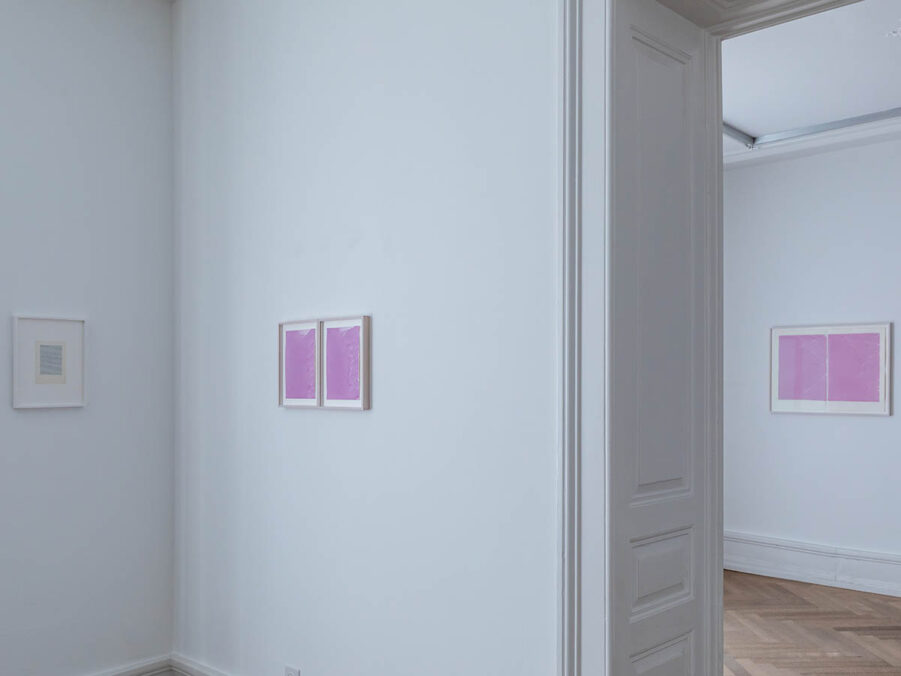
A passionate reader and lover of language, Irma Blank was born and raised in Northern Germany. In 1955, in her early twenties, she met her Italian husband with whom she moved to Sicily. The gap between the two countries and the two languages was immense – it led her to question the adequacy or rather the inadequacy of any language. She then realized ‘that there’s no such thing as the right word’ – even in one’s mother tongue – to really convey meaning/feeling.
Blank’s entire body of work is based on language and therefore literature – whether emptying books from their meaning or creating a new form of nonverbal, asemantic writing, for instance by creating drawings that mimick the layout of existing books/newspapers or using a utopian alphabet. Closely linked to her personal story, but simultaneously emanating from the migrant and displaced condition, her work is the result of a matured conceptuality, but asserts itself in the corporality of production; it engages with a utopic community of hypothetical readers, but it is also in its nature, a soliloquy. This contradictory and fascinating condition becomes clear in her work when brought together as a whole, from her first to her most recent works.
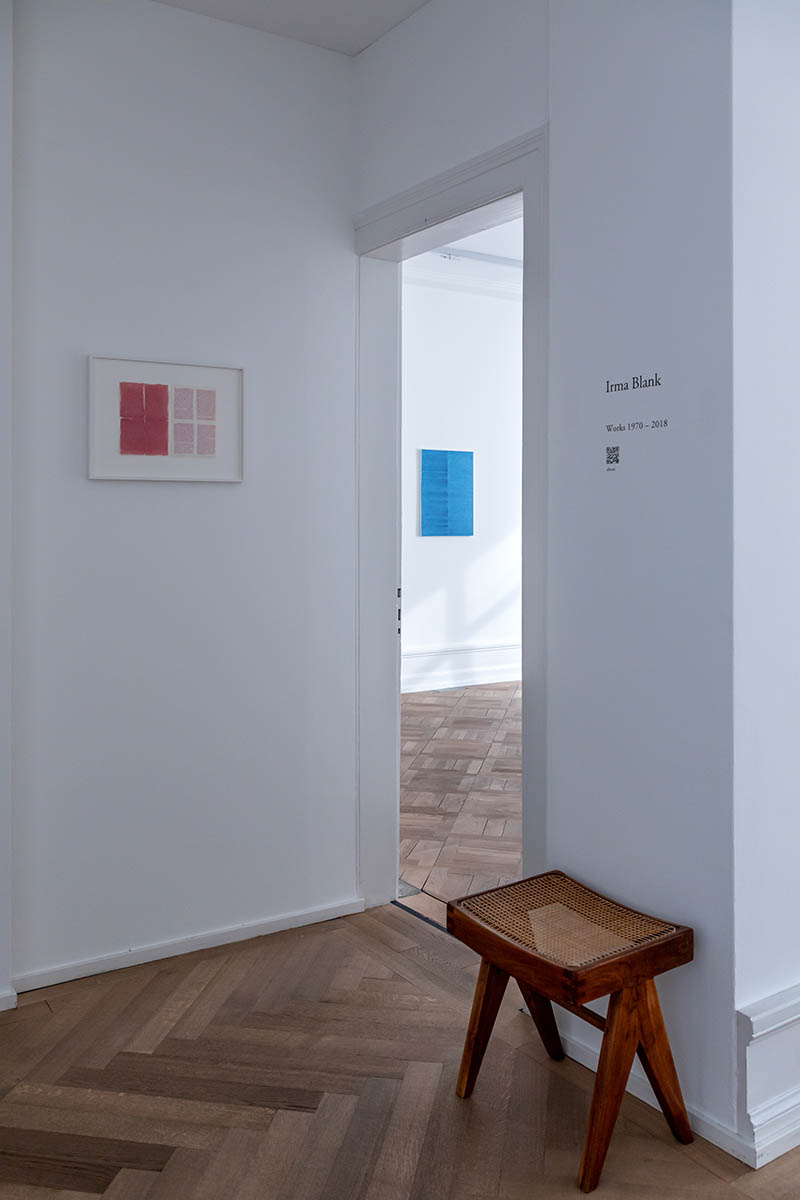
Exhibition view. Irma Blank – Works 1970-2018 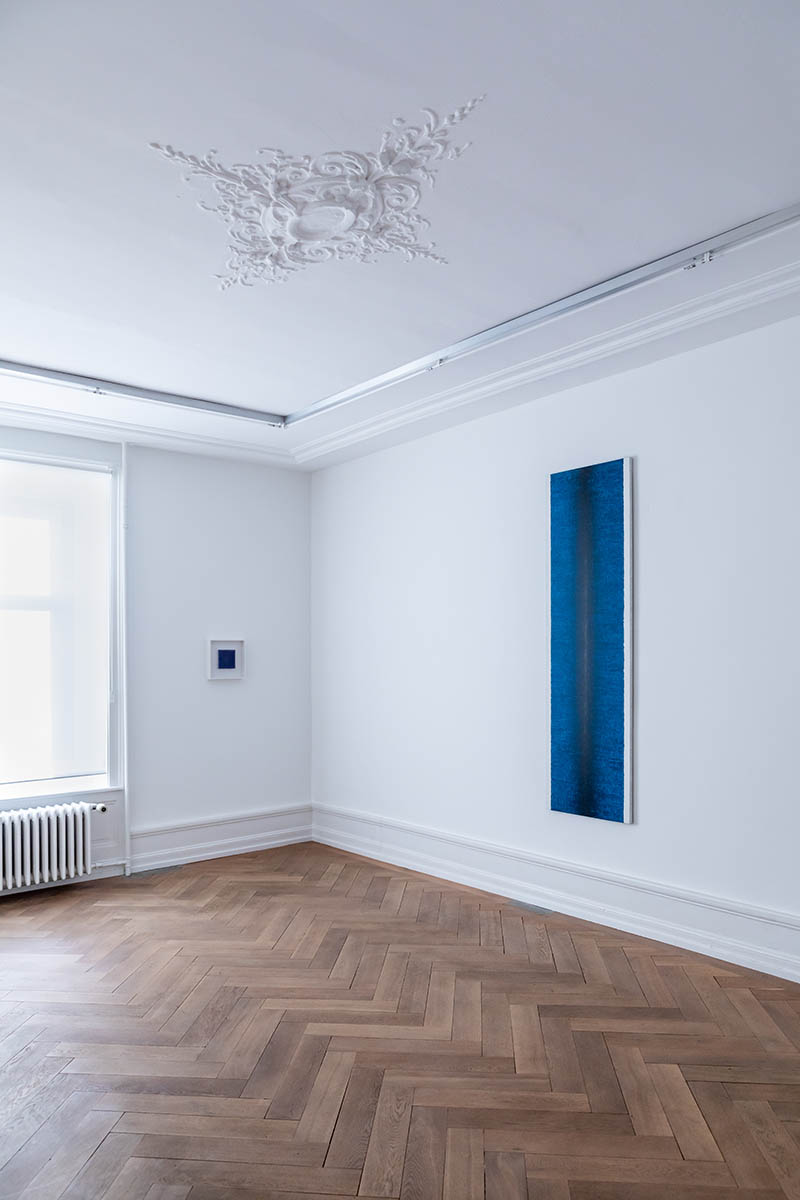
Exhibition view. Irma Blank – Works 1970-2018
Irma Blank spent long extensions of time developing a body of work that crystallized into series that can be seen as cycles:
No longer surrounded by her native language and unable to express herself through words, Irma Blank started working on her first series of introspective drawings, Eigenschriften (Self-writings, 1968–1973). This form of writing became a kind of escape for Blank. The slender lines of these works are reminiscent of writing, but one that is incomprehensible. Without any specific meaning, the work is pure sensation transmitted from the hand to the surface of the page, from the body to the work. In 1973, Irma Blank moved from Sicily to Milan, where she still lives and works and where the Trascrizioni (Abschriften, 1973–1979) series developed, based on her everyday readings (from novels to poetry and newspapers) of which she transcribed pages with her asemantic writing, copying with ink on paper the layout of text rather than its letters, words, and sentences. In 1981 Irma Blank started working on drawings that she titled Autorittrati (Self-Portraits). Using brushes and watercolor for the first time in her work, Irma went on an internal and external journey, exploring both reason and emotion through color.
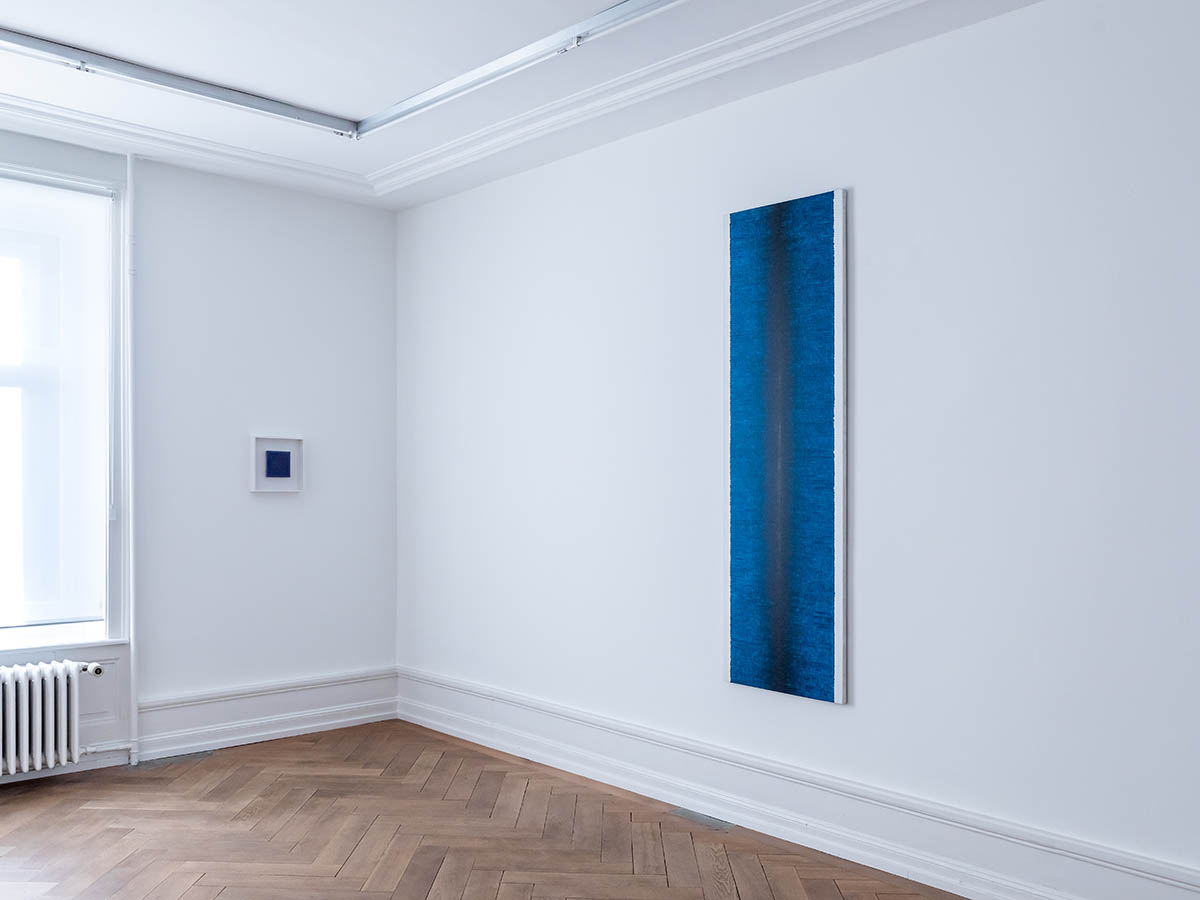
The following year, the use of color became even more prevalent with a new cycle composed of two series: Germinazioni and Annotazioni (Germinations and Annotations, 1982-1983). The Germinazioni works are based on the point, whereas the Annotazioni series extends the point into a line. They both use pink, blue, purple, and even some green and gold. She then moved on to the Radical Writings series (1983–1996), which is composed of paintings or drawings on cardboard based on her breathing patterns (while she dipped the brush in oil or acrylic, she filled her lungs with air; and exhaled, tracing a line). Without hesitation and in one go, each mark was made along one expiration, with all the minuscule differences of texture and micro-hesitations. This very long cycle is divided into sub-series. The Radical Writings were first produced in rose-violet and pink (1983-1987), a color that embodied an experimental state, reflecting the research period of the series. When Irma fully grasped the profound direction of this series, she slowly turned to blue (1987-1996). Blue, a crucial color for Irma, finally emerged as the color of determination, of utopia, of the sky, of infinity, and of writing.
The Avant-Testo works (1998-2002) are physically intense and connected with the embodied experience of drawing. With both hands holding as many blue or red biro pens as possible, Irma covered whole canvases or sheets of polyester with circular lines moving towards the center of the circle. Illegible and impenetrable, they mirror the unconscious. Avant-Testo is the only series based on a circular gesture in Irma’s oeuvre – the rest of the works follow the direction of the writing or reading line – starting and ending. At the turn of the century, Blank started her longest and most multifaceted series, Global Writings (2000–2016) in which she continued to develop a ‘universal’ form of language by inventing an alphabet made up of eight consonants with which she created text-drawings, or superimpositions of silkscreened texts on canvas or aluminium using a computer.
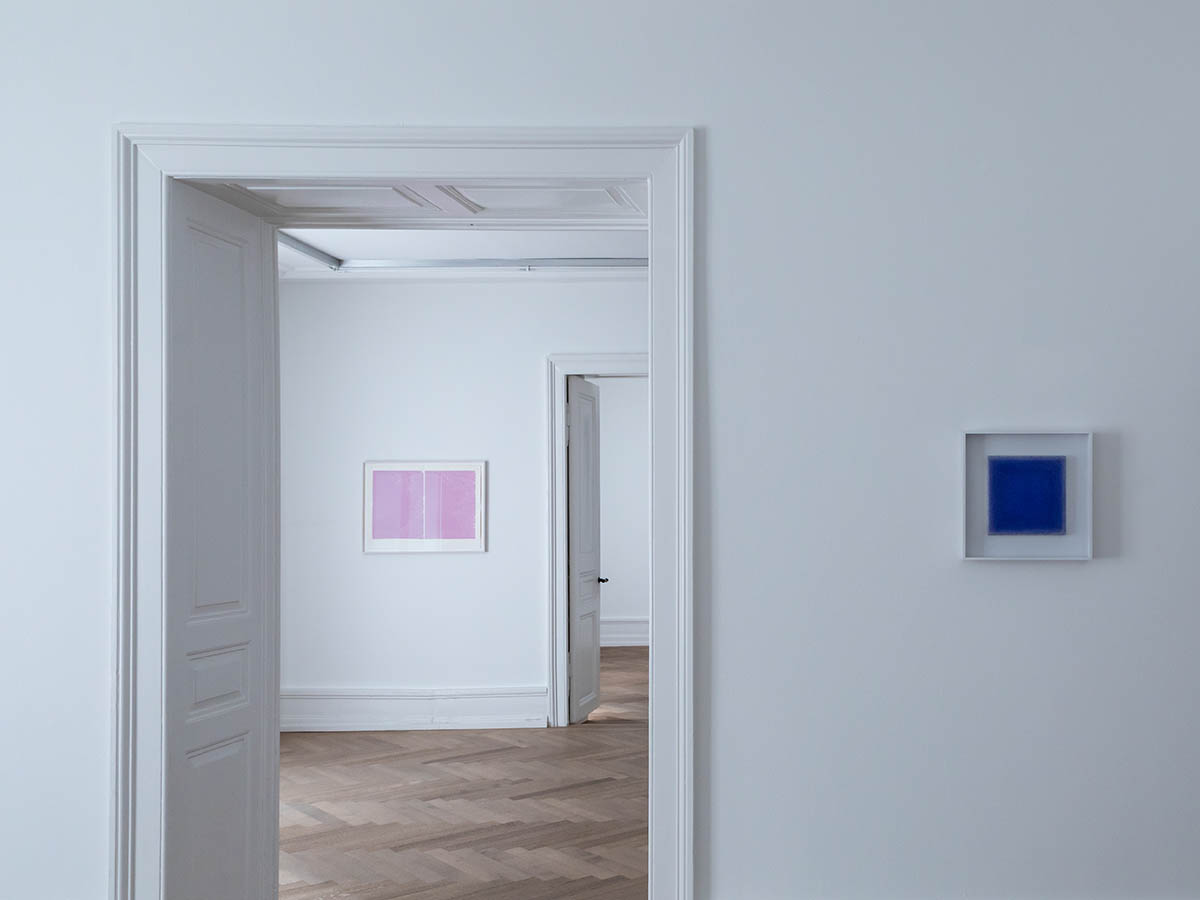
Following a health problem that immobilised the right side of her body, Irma learned to draw with her left hand and has created, since 2017, the series Gehen, Second Life, in which she draws horizontal lines on a page-size paper as if the lines of the notebook merge with the written word. The experience, carried out like a choreography in slow-motion, expresses how the movement of the line stems from the body of the writer. There is a new form of linearity in this series: the chronology of physical healing.
Irma Blank considers all her work a form of ‘universal writing’ in which the line sets language free from meaning, in which emptying is a way of accessing the universal: ‘nothing becomes everything’ she says. It denudes writing of sense to charge it with other values.
In pursuit of this central aim, her work developed into a choreography of presence: each work seems to responds to a breath, an inner need of expression. It creates a unique universe where everything is made up of nuances which are almost like silences, manifesting the pure energy of being and marking time through drawn lines. If it tells us something, it is a tale about presence and self-discovery, about the excitement of beginnings and the acceptance of endings.
Irma Blank exhibition history includes numerous solo shows at renowned institutions such as:; Biblioteca Nazionale Braidense, Milan, 1984; Artothek, Bonner Kunstverein, Bonn, 1989; Padiglione d’Arte Contemporanea, Milan, 1992; Mostyn Museum, Llandudno, 2014; Museo d’Arte Contemporanea di Bolzano, 2017; Center for Contemporary Art Tel Aviv 2020; MAMCO, Genève, 2019; Museo Villa Dei Cedri, Bellinzona, 2021; Fondazione ICA Milano, 2022. She has also participated in group exhibitions at Palazzo della Ragione, Mantova, 1998; Fondazione Palazzo Albizzini, Città di Castello, 2011; Salon für Kunstbuch, Vienna, 2015; FM Centro per l’Arte Contemporanea, Milano, 2019; Bombas Gens Centre d’Art, València, 2020; S.M.A.K., Gent, 2022. Blank has been part of Documenta 6, Kassel, 1977 and the 57 Biennale di Venezia, Venice, 2017.
Exhibition: Irma Blank – Works 1970-2018
Exhibition duration: 11.11.2022 till 23.12.2022
Address and contact:
Mai 36 Galerie
Rämistrasse 37, 8001 Zürich, Switzerland
www.mai36.com



